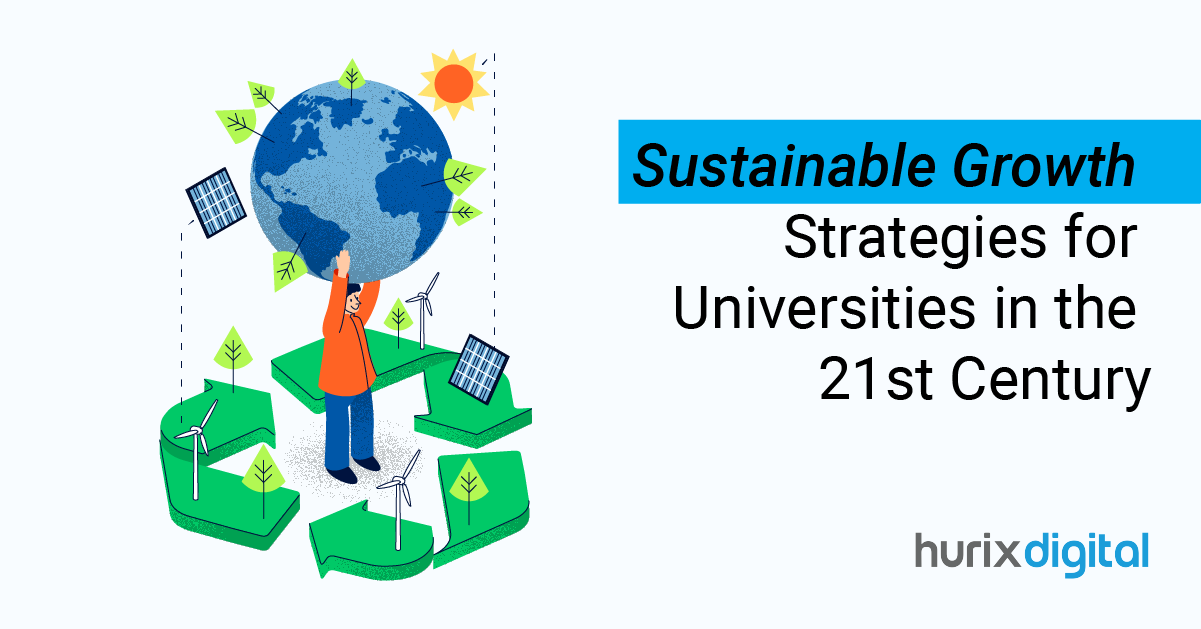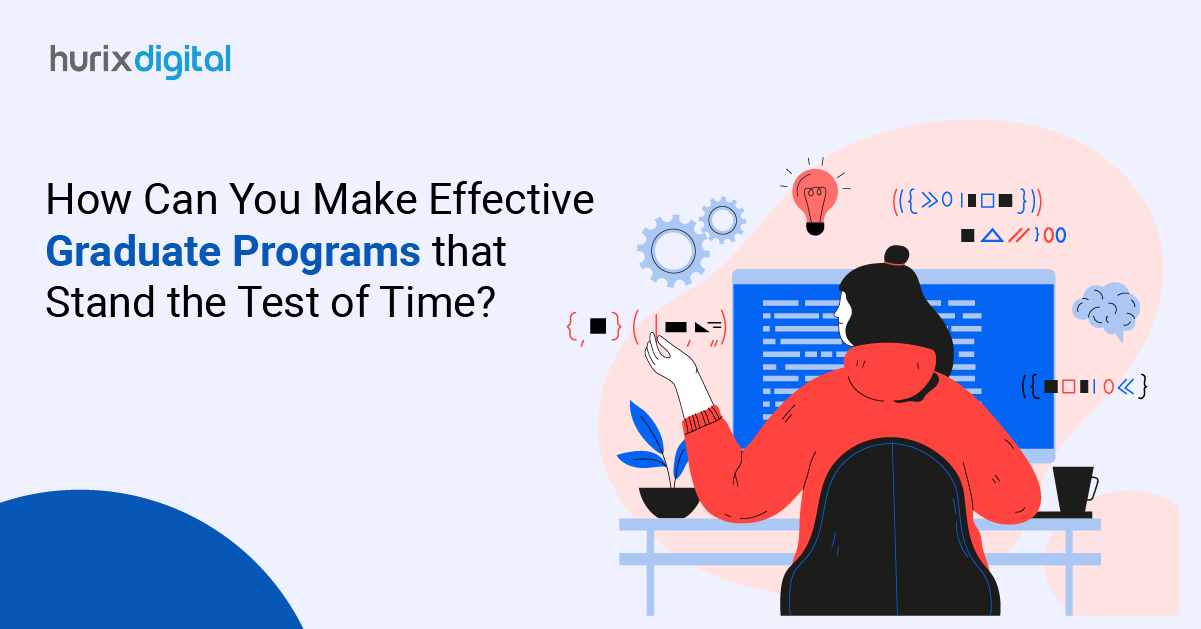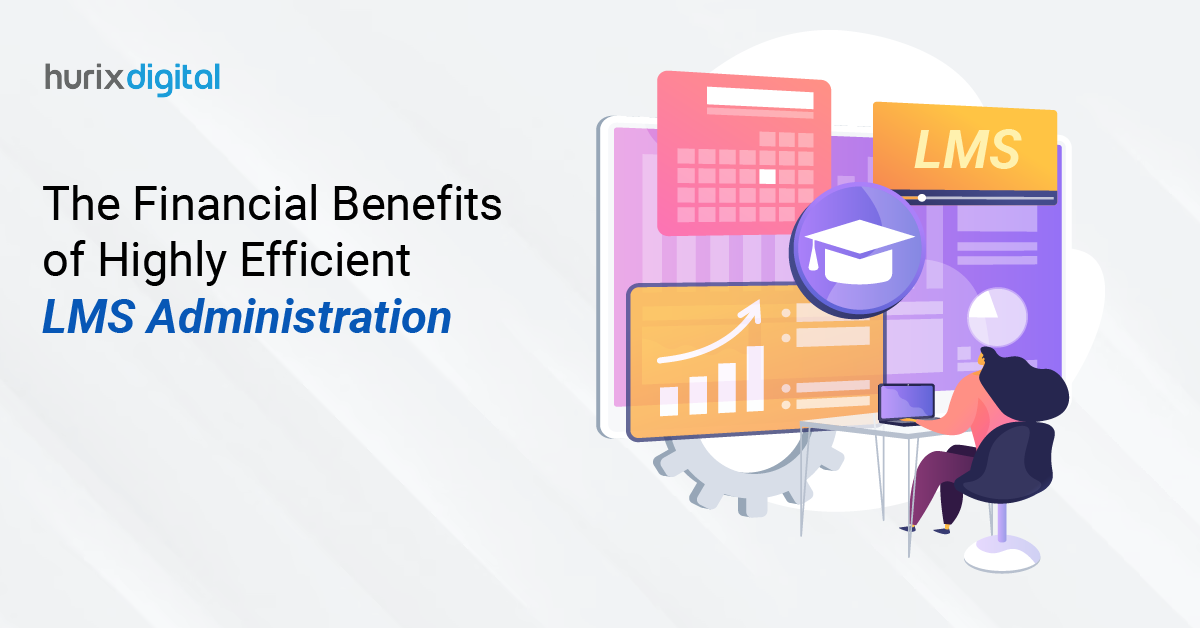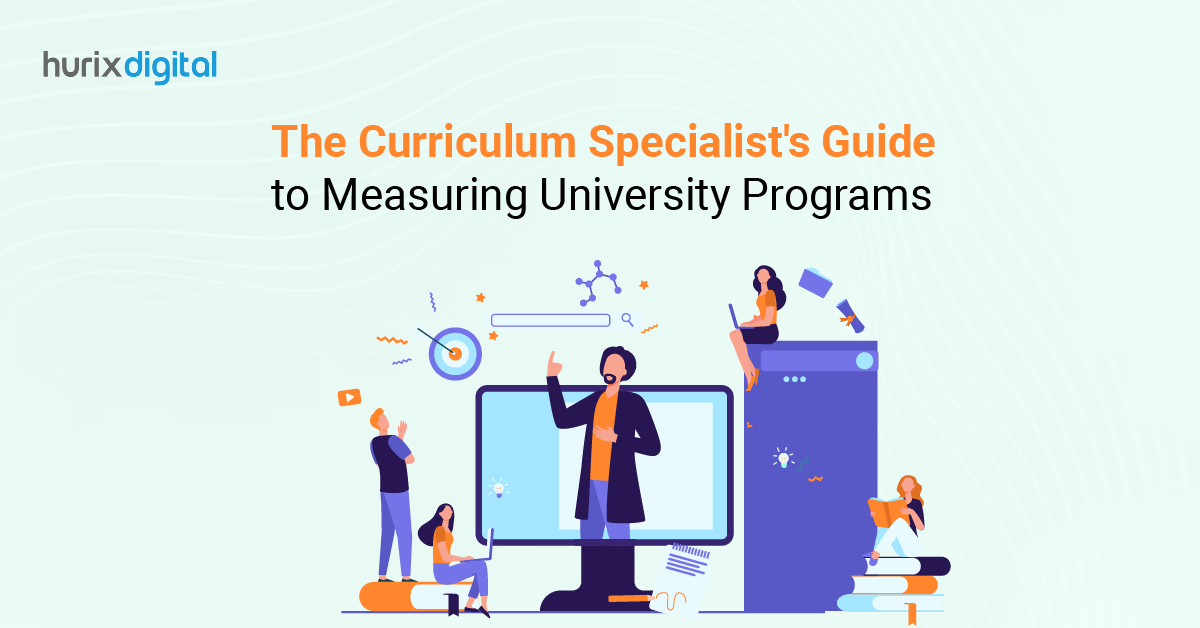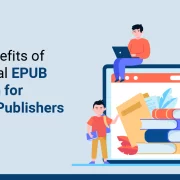
Top 5 Reasons Why You Should Switch to a New Online Course Development Model
Summary
This blog post outlines the top five reasons to switch to a new online course development model. It highlights benefits, leading to more impactful and efficient online learning experiences.
Online courses have become the mainstay for academic enrichment owing to their immersive learning quality, scalability, and flexibility. These engaging courses are projected to rake in revenues of $279.30 billion in 2029. The online learning market’s revenue is also projected to grow at a CAGR of 8.56% from 2024 to 2029.
These impressive stats also emphasize the need for a new online course development model. Below, we will discuss how a new model can help address deficiencies in conventional development models.
Table of Contents:
- Different Approaches to Online Course Development
- Laying the Foundation of a New Online Course Development Model
- Way Forward
Different Approaches to Online Course Development
Online education courses have been traditionally developed using two models. These are called centralized and decentralized design models.
1. Workflow of Central-Design Model
The course concept is the brainchild of a subject matter expert who teaches the course. The structure is designed by specialists like media designers, instructional designers, course programmers, copy editors, etc.
The course contains custom-developed and curated media to supplement the learning efficacy. The media can open learning resources, publisher-facilitated multimedia, library content, interactive elements, videos, etc.
2. Workflow of Decentralized Model
In this model, the course professor has a pivotal role. The faculty member who teaches the course creates video films themselves, lecturing and presenting ideas with slide decks or whiteboards. Courses are made engaging by infusing multimedia content, videos, articles, and other resources.
Also Read: Prioritizing Affordability, Flexibility, and Accessibility in Higher Education
Laying the Foundation of a New Online Course Development Model
The aforementioned models have their advantages and disadvantages. We need a new model to overcome these shortcomings and offer more enriching learning experiences.
A new online course development model must have attributes and features outlined below to keep pace with trending changes in the education sector:
1. Collaborative Approach To Course Development
In the decentralized model, the efficiency, quality, and appeal of the designed course suffered because the faculty professor exercised his discretion in excess. This also protracted the time for the course to be deployed. Further, the course developed by one faculty is solely used by them to enlighten students without considering whether the learners like it or not.
In the new model, the focus should be on enhancing the educational experience of learners by shifting away from strictly faculty-centric videos. Universities should constitute a course development body that will ensure that adequate time, budget, and resources are allocated for the creation of immersive courses with a variety of content.
A diverse range of teaching strategies and multimedia elements should be incorporated to dwell on each topic more attention-engagingly. This will improve retention and outcomes.
2. Incorporation of Unique and Differentiating Course Elements
In online curriculum development, the developers often fall into a rut, which is evident from the feel and look of the final content. With monotony, the differentiating perspective often takes a backseat as consistency and speed take priority.
In the new model, each course should be integrated with differentiating aspects to make topic exploration more engaging and rewarding. This can be accomplished by incorporating variegated media that will bear the stamp of instruction and media designers’ talent.
More emphasis should be on leveraging cutting-edge authoring tools from online learning platforms to take course customization to the next level. Scenario-driven interactive elements, animations, talking icons, etc., can enliven any course.
3. Better Adoption of the Rotational Model
Students’ exposure to different learning environments in a continuous mode can improve the efficacy of online courses. For this, the online course has to be developed in an accommodative manner to rotate learners through varying environments.
The learning needs of students should be precisely defined for this purpose. Next, the online module should be segmented to support idea generation, group discussions, independent learning, and teacher-led training intermittently. Provision has to be made for seamless switching between in-person instruction and online learning.
This blended learning approach will better serve the purpose of eLearning, as individual needs can be diligently focused upon, and students can be exposed to different academic experiences throughout.
4. More Focus on Enriched Virtual Model
The new online course workflow should factor in the enriched virtual model paradigm. Web-based or online learning platform-driven courses can be strategically interspersed with video conferencing, chatrooms, and other modes of virtual classrooms. This will help learners gain better insights into instructional materials through real-world knowledge assimilation options.
A new dimension can be added to conventional online learning with virtual tours, video conferencing, virtual simulations, etc. Learners can exchange views with instructors and peers in a collaborative environment while enriching themselves intellectually in a self-paced learning mode.
5. AI Should Remain at the Forefront
The static online learning modules will soon lose relevance as AI ushers in better technology-leveraged curriculum innovation. Improvements to the online course for optimizing the curriculum should not be a long-drawn affair. AI will help enhance training efficacy by incisively analyzing students’ learning patterns, existing skills, interests, and assessment outcomes.
The inputs from AI-based recommending systems have to be evaluated to tweak the online course workflow and frame new chapters for better skill refinement. The translation tools powered by AI should be incorporated into eLearning modules to increase their outreach.
The online learning platform must be equipped with natural language processing and speech recognition tools to promote optimum interactivity using voice. Further, the excess time taken to create online courses can be decisively cut short by using AI to tailor learning experiences using tools and information available in knowledge databases. Adaptive learning must be prioritized.
Check out EXCLUSIVE: Hurix Minibook: Immersive Learning for the WIN in Education!
Way Forward
It is by now apparent that the existing online course development paradigm is fast losing its cutting-edge and failing to disseminate knowledge with the same vigor it was planned for. The world now needs a more evolved, adaptive, and immersive development model that can reciprocate the changing needs of learners without being trite.
Educational technology urgently needs a boost. Experienced teaching professionals and instruction designers need to brainstorm a model that is compatible with technological advancements and changing trends.
If you are eager to adopt a new and innovative course development model that can proactively address your online teaching needs, you can strategically ally with Hurix Digital. We harness state-of-the-art course authoring technologies to materialize your aspirations in a realistic and budget-friendly manner.
So what are you waiting for? Connect with us and see the magic unfold!

Senior Vice President
A Business Development professional with >20 years of experience with strong capability to sell new solutions and develop new markets from scratch. New Market Entry Specialist with experience of working in two of the largest emerging markets – China & India. Also covered other key markets in APAC, US, EU & ME. Exceptional experience of conceptualizing, ideating and selling new learning technologies like VR AR, etc. across multiple industry verticals.
